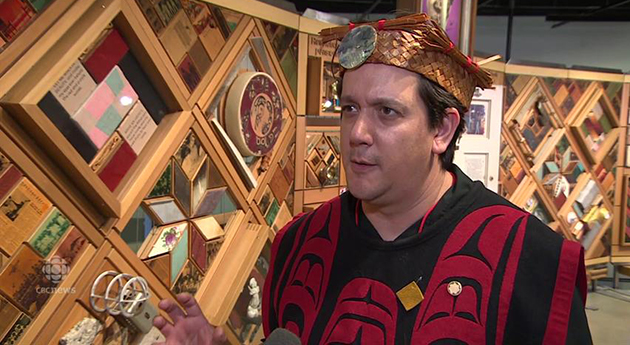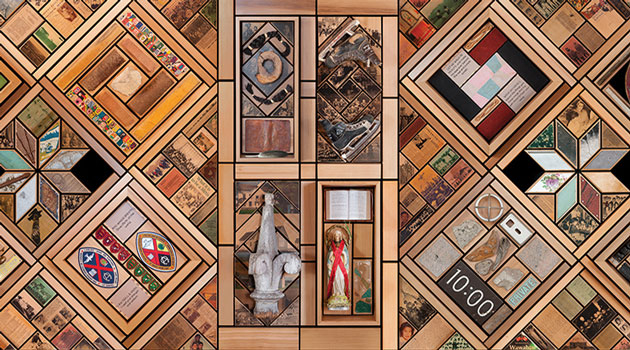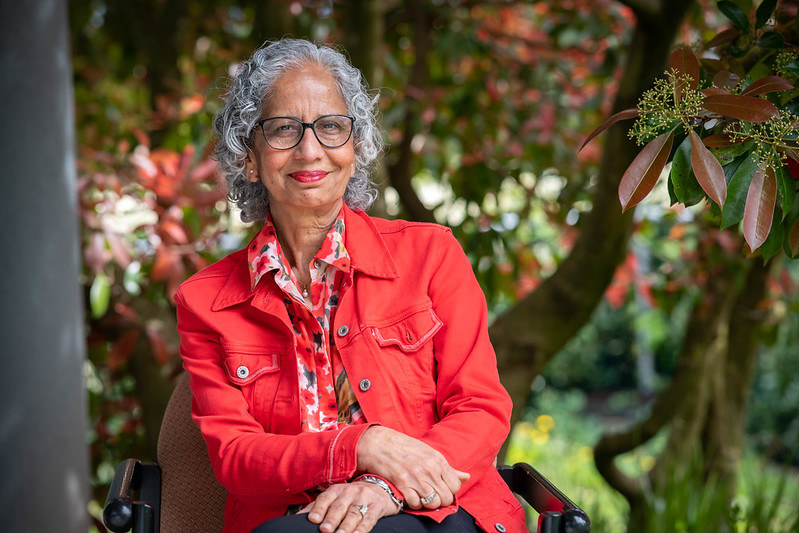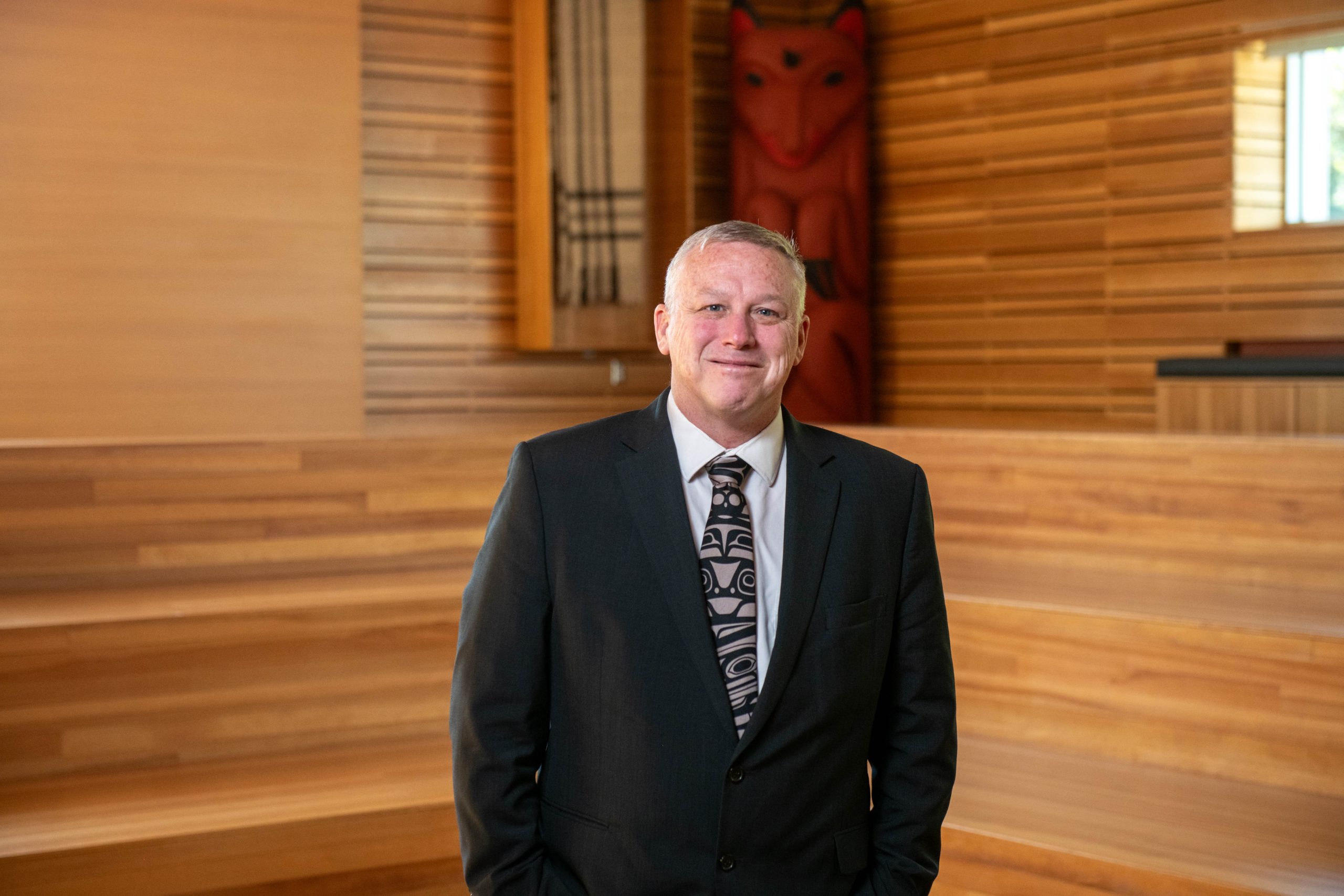Witness Blanket artist Carey Newman to speak at closing ceremony

As the Witness Blanket exhibit at the University of the Fraser Valley draws to a close, the artist who created it will speak about his inspiration.
Artist Carey Newman (Ha-yalth-kingeme) will visit UFV for the closing ceremony of the Witness Blanket exhibit, at 6 pm on Wed, Nov 8. The presentation will take place in the Student Union Building on the Abbotsford campus, adjacent to the room housing the Witness Blanket.
The Witness Blanket installation incorporates images from the residential school era, as well as items reclaimed from, and actual pieces of, residential schools, churches, government buildings, and traditional structures from across Canada.
It is designed to act as a witness to the residential school experience, telling the stories of those affected through art, and traveling so that the stories can be shared across Canada.
“The Witness Blanket was primarily inspired by my father’s history of attending residential school,” Newman notes. “I didn’t hear much about his experience from him and wanted to know more about it and explore it on a larger scale.”
Newman is pleased that UFV amplified the impact of the Witness Blanket exhibit by adding on a speaker series that included Reconciliation Canada ambassador Robert Joseph, Reconciliation Canada honorary witness Shelagh Rogers, and reunited Indigenous adoptee Cecelia Reekie.
“Having those other speakers really kick-started conversations, which I was hoping to achieve by having the Witness Blanket go on tour.”
 Creating the Witness Blanket helped Newman in his own journey of reconciliation.
Creating the Witness Blanket helped Newman in his own journey of reconciliation.
“It really stretched me as an artist, and even more so as a human. I approach the practice of art with the attitude that it’s not the materials and tools you use that matter, it’s what you feel in your heart and mind.”
Working on a multi-media exhibit that incorporated items and images collected from residential schools across Canada was a new challenge for Newman.
“It was completely different than anything I’ve done before and called on different methods, but an even bigger challenge was figuring out how to manage the weight that you feel on your spirit when handling items that carry such a big history. There was a lot of grief and other powerful emotions involved.
“The items I incorporated weren’t just inanimate objects, they were revered artefacts, even beings in some ways. It’s still difficult for me to talk and think about it.”
He felt a profound sense of responsibility after taking on the work.
“Something that comes with taking on that challenge: I was not only responsible to myself and my family, but to an expanded community that includes all those affected by the residential school experience.”
On his father’s side, Newman’s grandmother was Salish, from Cheam of the Sto:Lo nation, his grandfather was from the Kukwekum, Giksam and Wa’ walabie clans of northern Vancouver Island. On his mother’s side he has English, Irish, and Scottish heritage. He is a multi-discipline artist who works in wood, stone, gold, silver, gems, glass, and paint.




